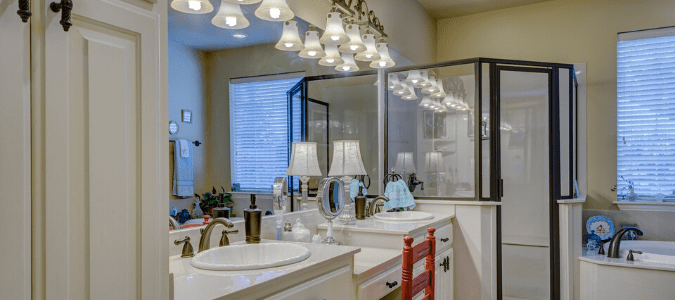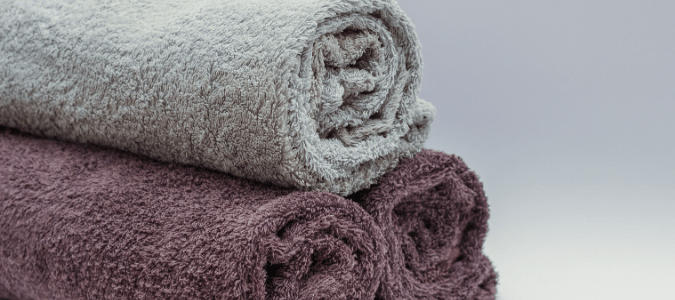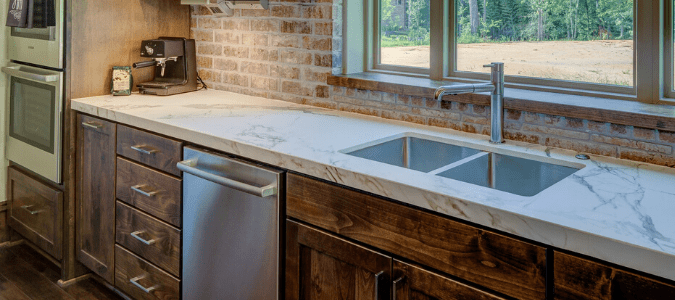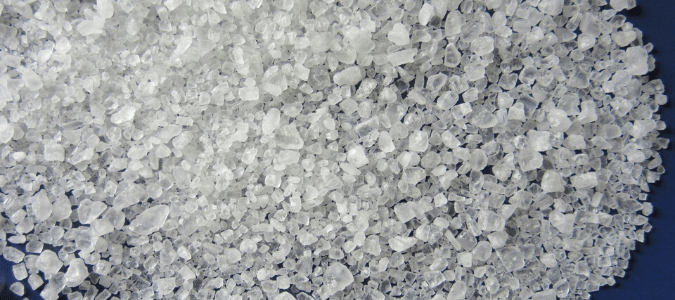Have you noticed that your dishes are coming out of the dishwasher with spots on them, or your glasses look cloudy? You may have hard water in your home.
Some more common signs of hard water include stiff laundry, even though it’s freshly washed, dry skin and hair, soap scum in your shower and your appliances breaking down sooner than they should.
If you’re dealing with any of these problems, it’s worth looking into installing a water softener in your home. A professional plumber can install and maintain it for you, so you can just enjoy the benefits.
Pros And Cons Of Water Softeners
Is installing a water softener the right choice for your home? If you’ve noticed an increase in scum spots in your showers or spots on your dishes, you may have hard water. This is caused by a buildup of minerals, such as calcium and magnesium, in your water supply.
Hard water isn’t harmful, but it can put a strain on your appliances and create annoying problems. Does that mean a water softener is worth it?
Most homeowners find that the pros of having a water softener outweigh the cons, but it’s important to be aware of all of the factors before you invest in one. Let’s dive into both the pros and cons of water softeners.
Pros of Water Softeners
The main pro of installing a water softener is that it can extend the life of your appliances. Hard water buildup causes an increase in wear and tear on machines like dishwashers, water heaters and washing machines. Hard water can eventually wear down your home’s plumbing as well.
A water softener reduces mineral buildup, which keeps your appliances running longer and more efficiently.
Next, water softeners make keeping a clean home easier. With reduced soap scum marks in your showers and spots on your dishes, you don’t have to use so much elbow grease. Your dishes will look shinier, and your clothes and towels will come out of the wash softer.
Another benefit of water softeners is that they improve water flow throughout your home, as mineral buildup in pipes can restrict water flow over time. Removing excess calcium and magnesium is good for your home’s overall plumbing system.
Finally, a water softener can save you money on your utility bill over time. Since your appliances aren’t working overtime to deal with the mineral buildup from hard water, they run much more efficiently.
If you’re ready to install a water softener in your home, contact a professional to get the process started.
Cons of Water Softeners
The number one complaint about water softeners is the initial cost, which depends on the size you purchase. There are also costs with maintaining water softeners, since you’ll have to purchase salt or potassium on a regular basis.
This leads to the next downside of water softeners, which is that they require regular maintenance. You have to refill the salt or potassium, clean the system and schedule service if it malfunctions.
Additionally, some water softeners use extra water during the regeneration cycle, which can cause your water bill to go up.
Finally, there are environmental factors to take into consideration when deciding whether or not to purchase a water softener. Some communities have regulations around water softener use because they are salt-based systems that discharge brine.
Most homeowners find that the pros of having a water softener far outweigh the cons. If you have more questions about whether a water softener is right for your home, contact a licensed professional.
Do I Need a Water Softener?
Before you invest in a water softener, it’s important to understand whether or not your home needs one. It’s also smart to consider if it will make a positive difference in your home.
There are several signs of hard water, including:
- Your laundry comes out of the dryer stiff and scratchy
- Your skin and/or hair feel dry
- Your dishes and glassware have spots or cloudy residue
- Excess soap scum in your sinks, tubs and showers
- Your appliances break down sooner than expected
- Your home has water pressure issues
If you notice more than one of these signs of hard water in your home, it’s worth investigating water softener options. If you’re unsure, you can always determine if you have hard water by testing your water.
Hard water can cause several problems for homeowners. For instance, it can shorten the lifespan of your appliances and hot water heater. It can also reduce your water pressure and raise your energy bills. If you suspect that you may have hard water, don’t hesitate to contact a professional to discuss the next steps.
How Does a Water Softener Work?
Water softeners utilize a process called ion exchange to remove hard minerals, such as calcium and magnesium, from your water supply.
This process has three steps:
- First, the mineral-filled water enters the water softener tank, which is filled with tiny resin beads that carry a negative charge.
- Next, the exchange process begins. Since calcium and magnesium have a positive charge, they are attracted to the negatively charged resin beads and stick to them. The beads then release a small amount of sodium or potassium into the water tank. These two steps complete the ion exchange process.
- The final step is for the water to flow out of the tank and into your home.
The water quality in your home is important, which is why homeowners are drawn to the many benefits of water softeners. For example, soft water can make your clothes feel softer when they come out of the laundry. It can also make your hair and skin look and feel better, as hard minerals can cause dry and “squeaky” feeling hair and skin.
Dishes and glasses also come out of the dishwasher looking better when you have a water softener. This means fewer spots or cloudy residue from the mineral buildup.
Finally, one of the best reasons to invest in a water softener is that it can increase the lifespan of your appliances and cut down on plumbing issues in your home, saving you money in the long run.
Water Softener Maintenance
One thing that holds homeowners back from investing in a water softener is the maintenance it requires. However, water softener maintenance is minimal.
Check the Salt Level
The most important water softener maintenance task is checking that there is enough salt in the tank. You will most likely need to refill it around once a month to keep the water softener functioning properly.
Watch for Salt Bridges
Next, it’s important to watch for salt bridges, which occur when a hard crust forms in the brine tank. Salt bridges prevent the salt from dissolving in the tank, which makes the ion exchange process less effective. If you notice a salt bridge forming, simply break it up.
Annual Cleaning
Water softeners also require annual cleaning to prevent clogs and ensure that they function at their highest capacity. Cleaning a water softener involves emptying and rinsing the tank. You should also inspect it for any worn or malfunctioning parts.
While water softeners do require some maintenance, it’s very manageable. The benefits of having a water softener often far outweigh the responsibility of maintaining one.
Ready to install a water softener in your home? Reach out to a licensed professional to get started.
Work With a Professional to Install a Water Softener
If you’re tired of dealing with hard water, it may be time to install a water softener. The benefits of having a water softener, which include cleaning dishes, softer laundry, better-looking skin and hair and extending the lifespan of your appliances, far outweigh the cons.
Water softeners are an investment, but they can put an end to annoyances that homeowners deal with on a daily basis. If you’re ready to say goodbye to excess soap scum and say hello to soft water, get in touch with a licensed professional.
ABC Can Install a Water Softener in Your Home
If you want to improve the water quality in your home, contact ABC Home & Commercial Services. Our water quality professionals can offer advice on what your best next steps are. Additionally, we can install, repair and maintain your water softener for you, so you don’t have to worry about any of the technicalities.




